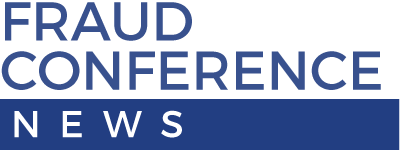The Cyber Sickness No One Wants ... Ransomware
/Between 2009 and 2010, Iran’s nuclear program was the target of a devastating cyber attack. A virus took control of centrifuge controls in facilities across the country, causing thousands of machines to break. The hackers weren’t satisfied yet, though. To add insult to injury, they reportedly hijacked the facilities' workstations and used them to play AC/DC … loudly.
Read More








